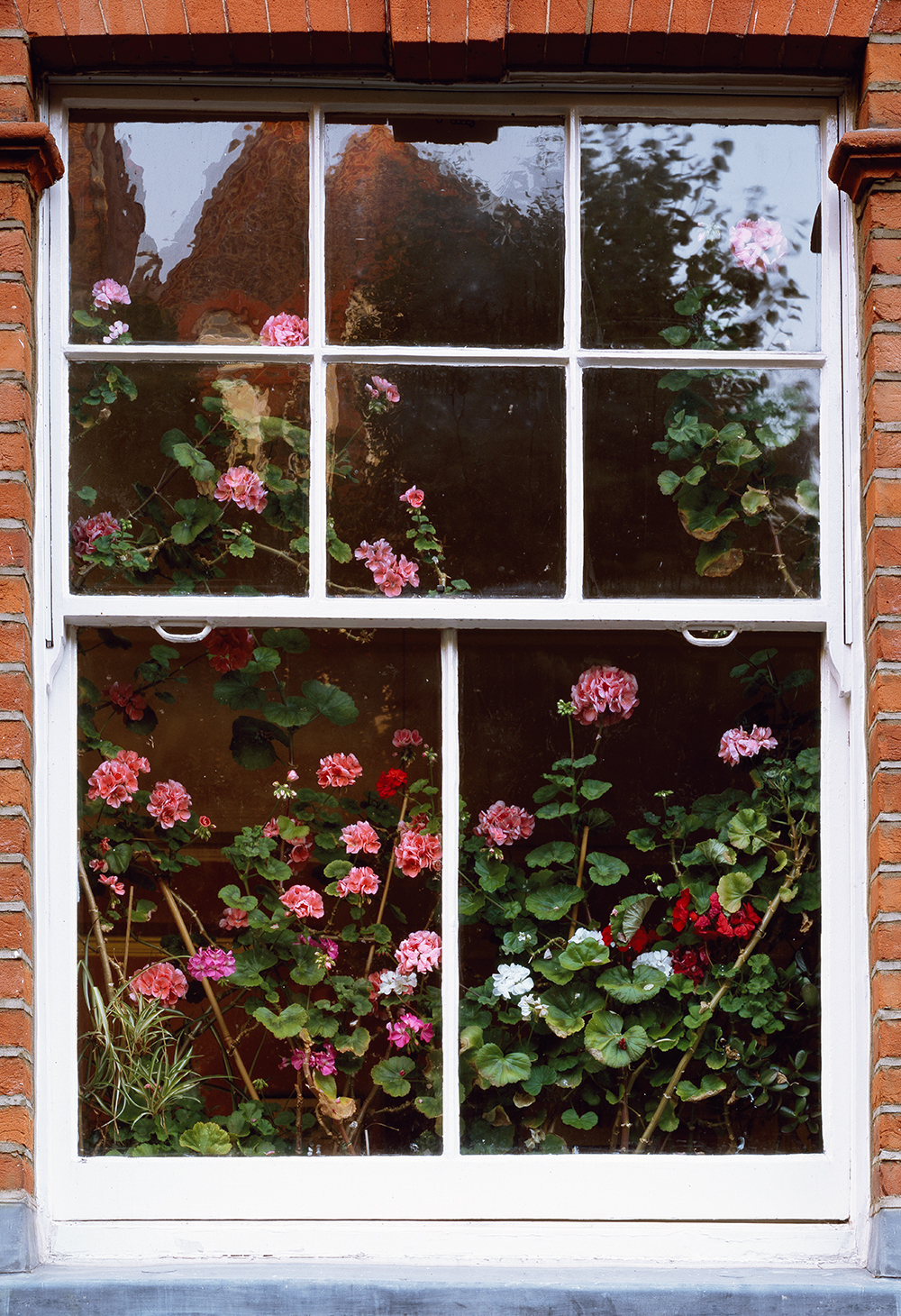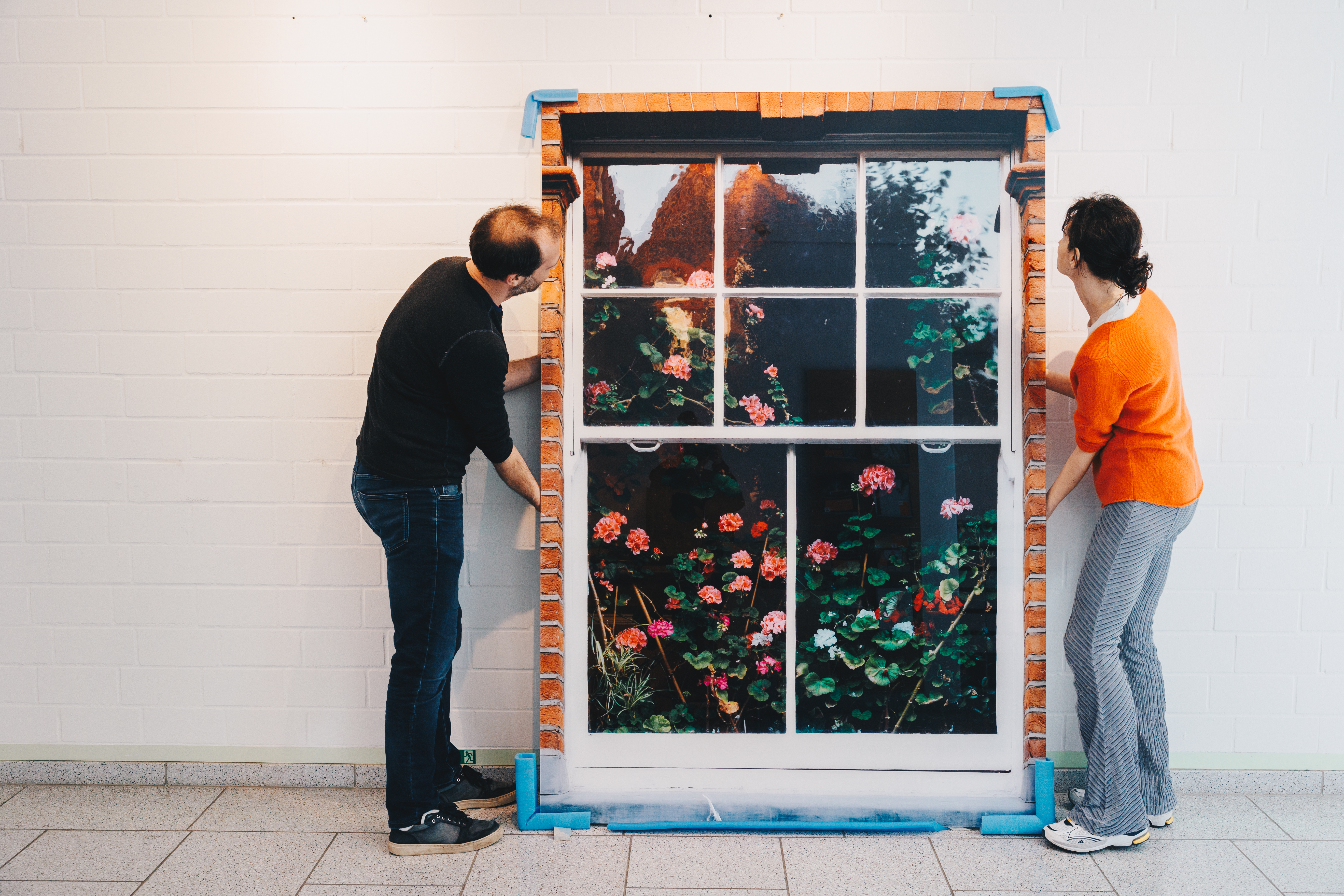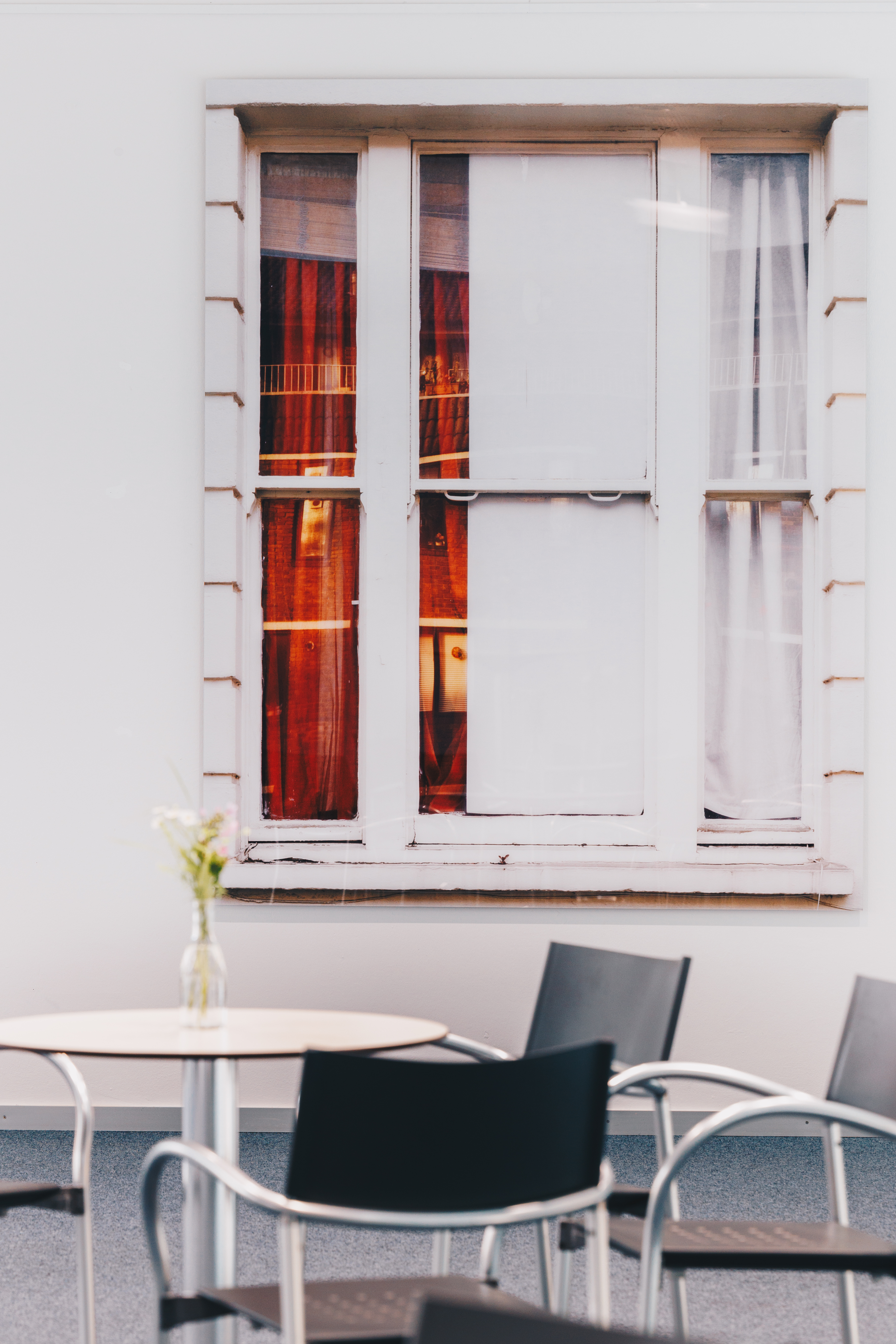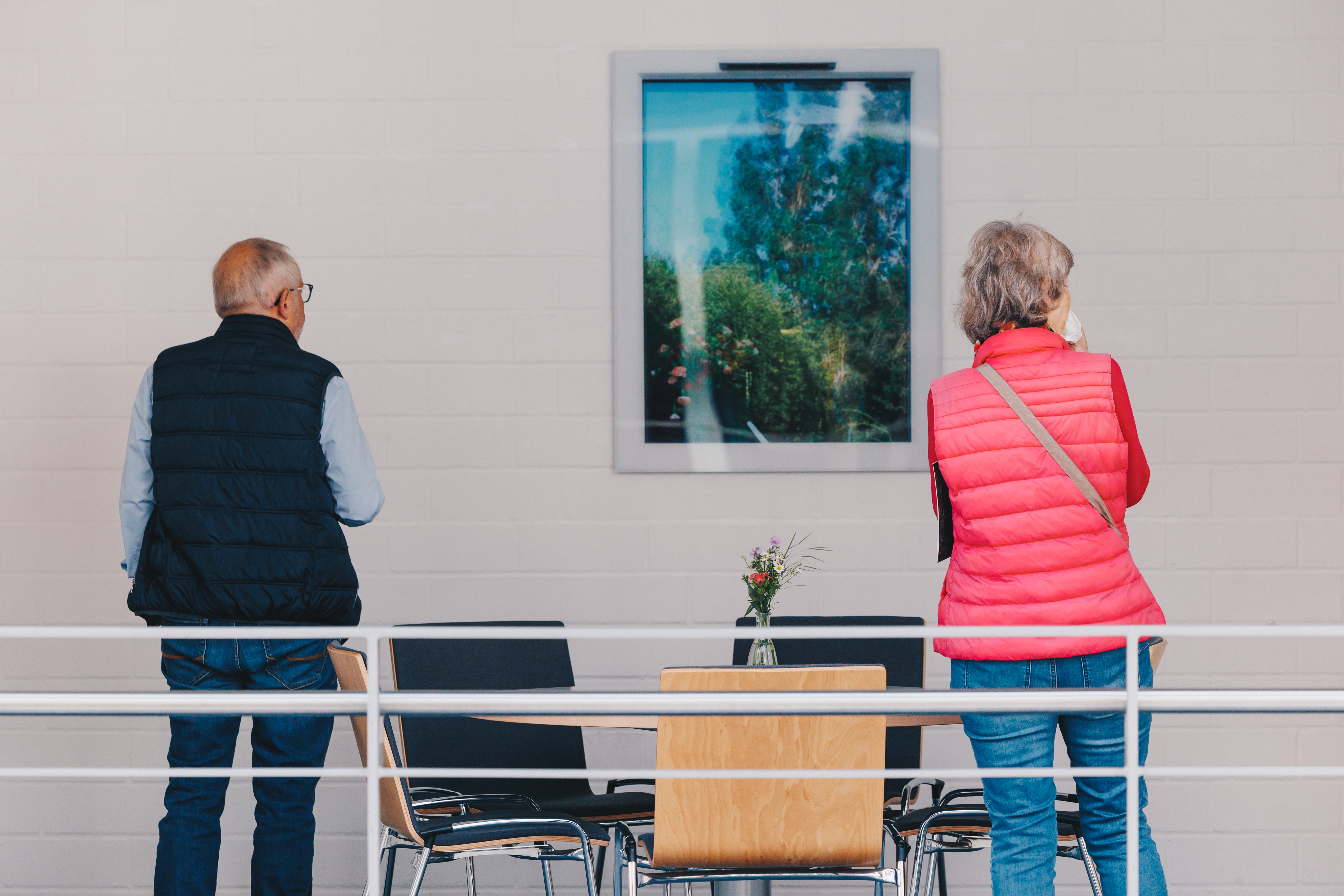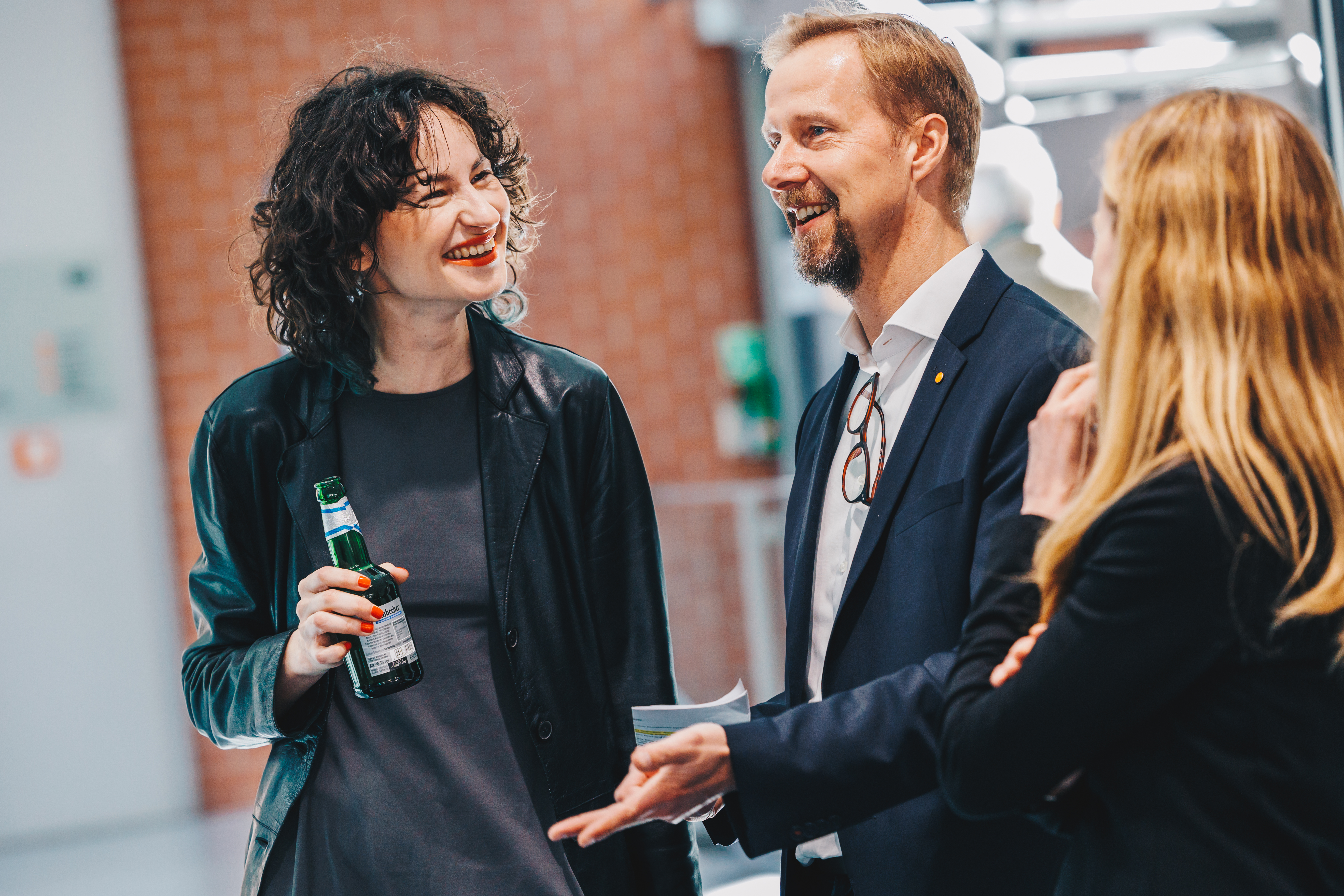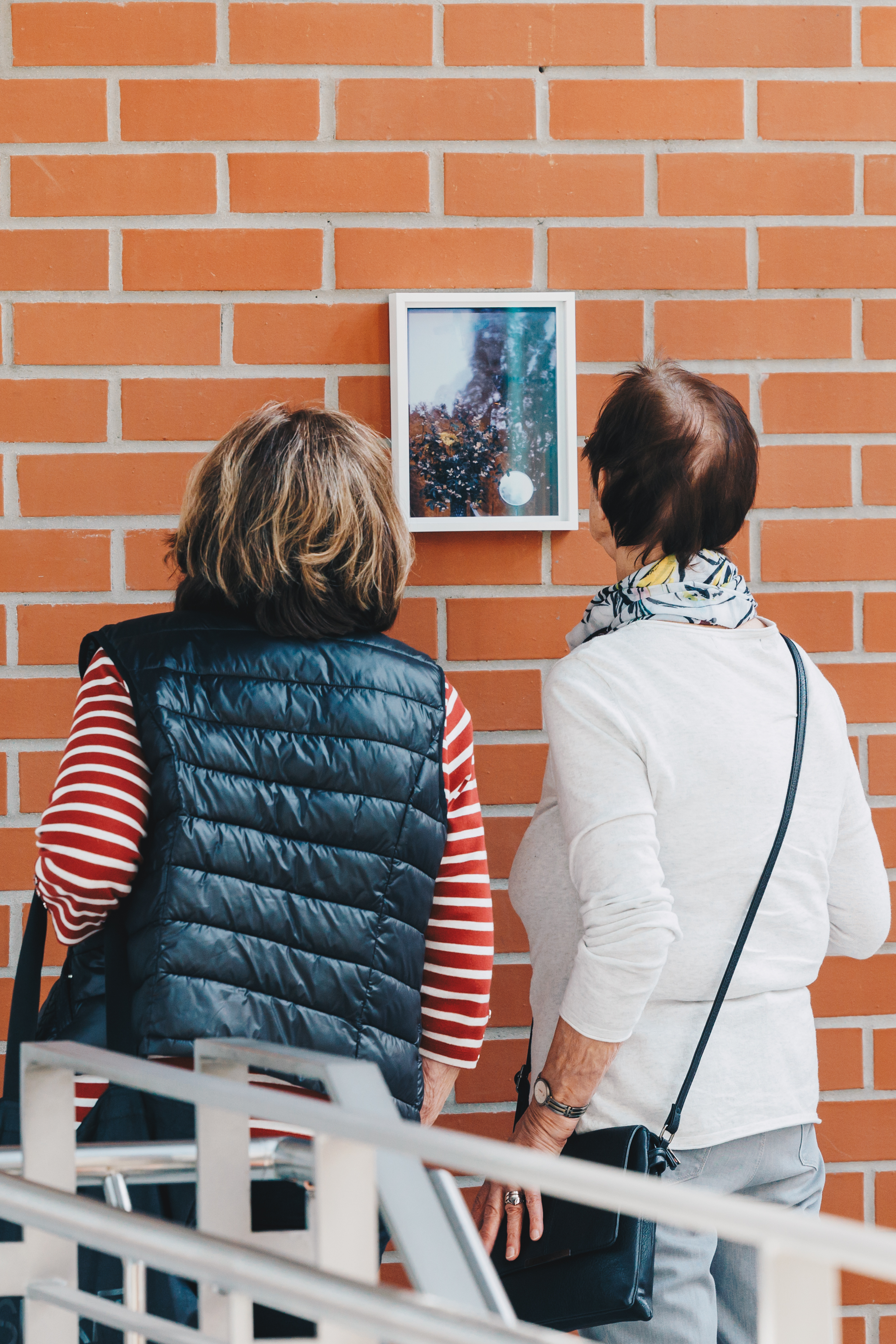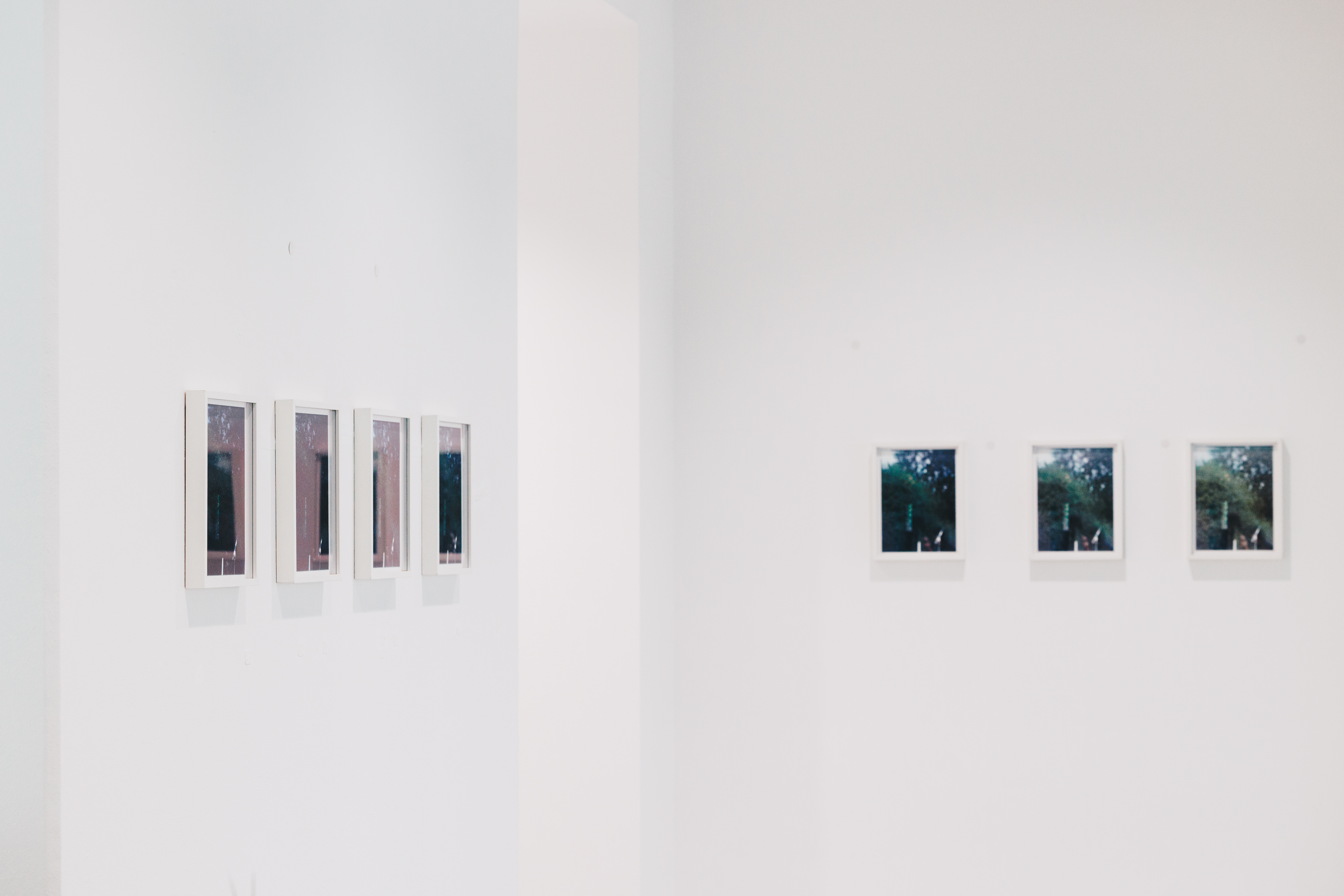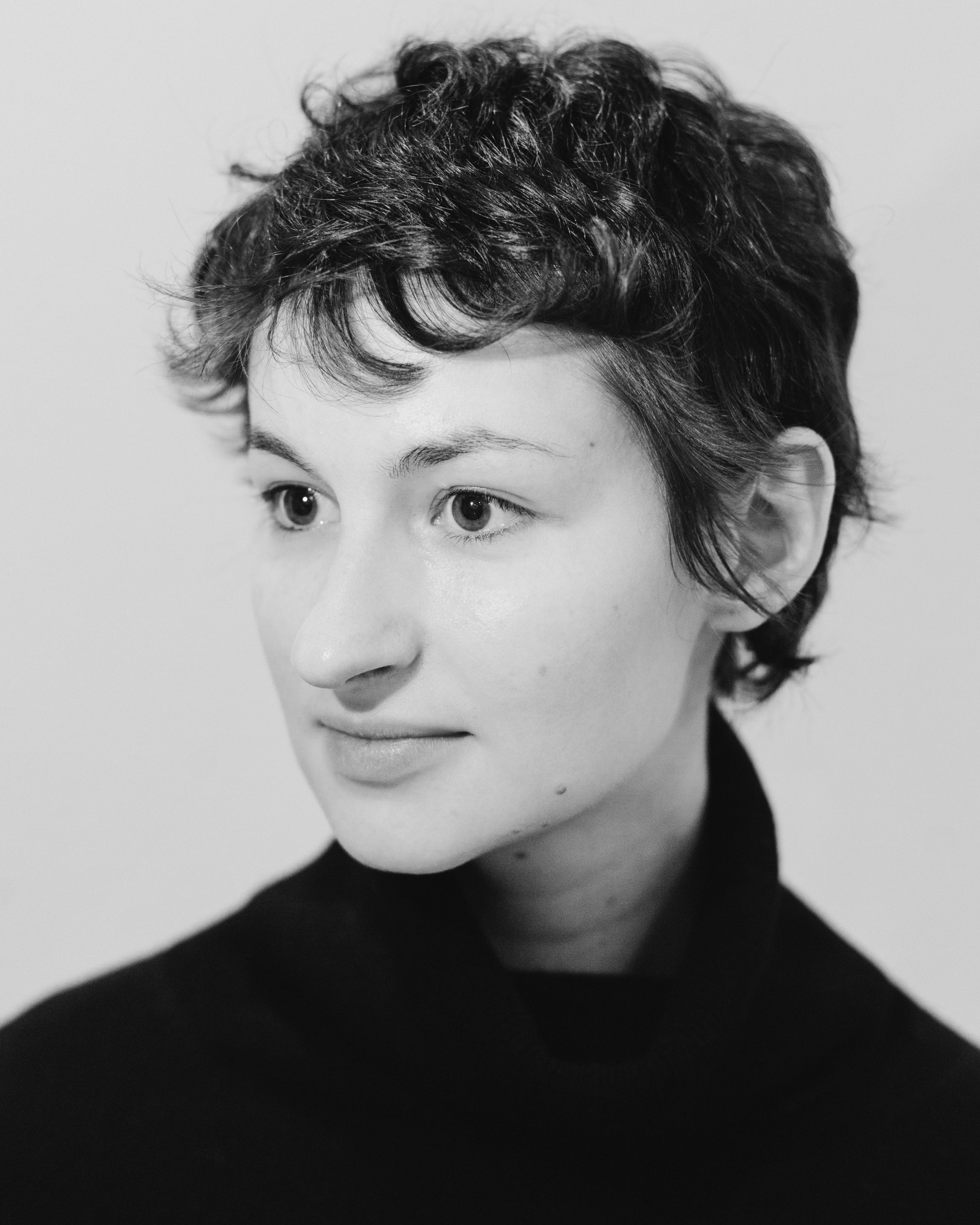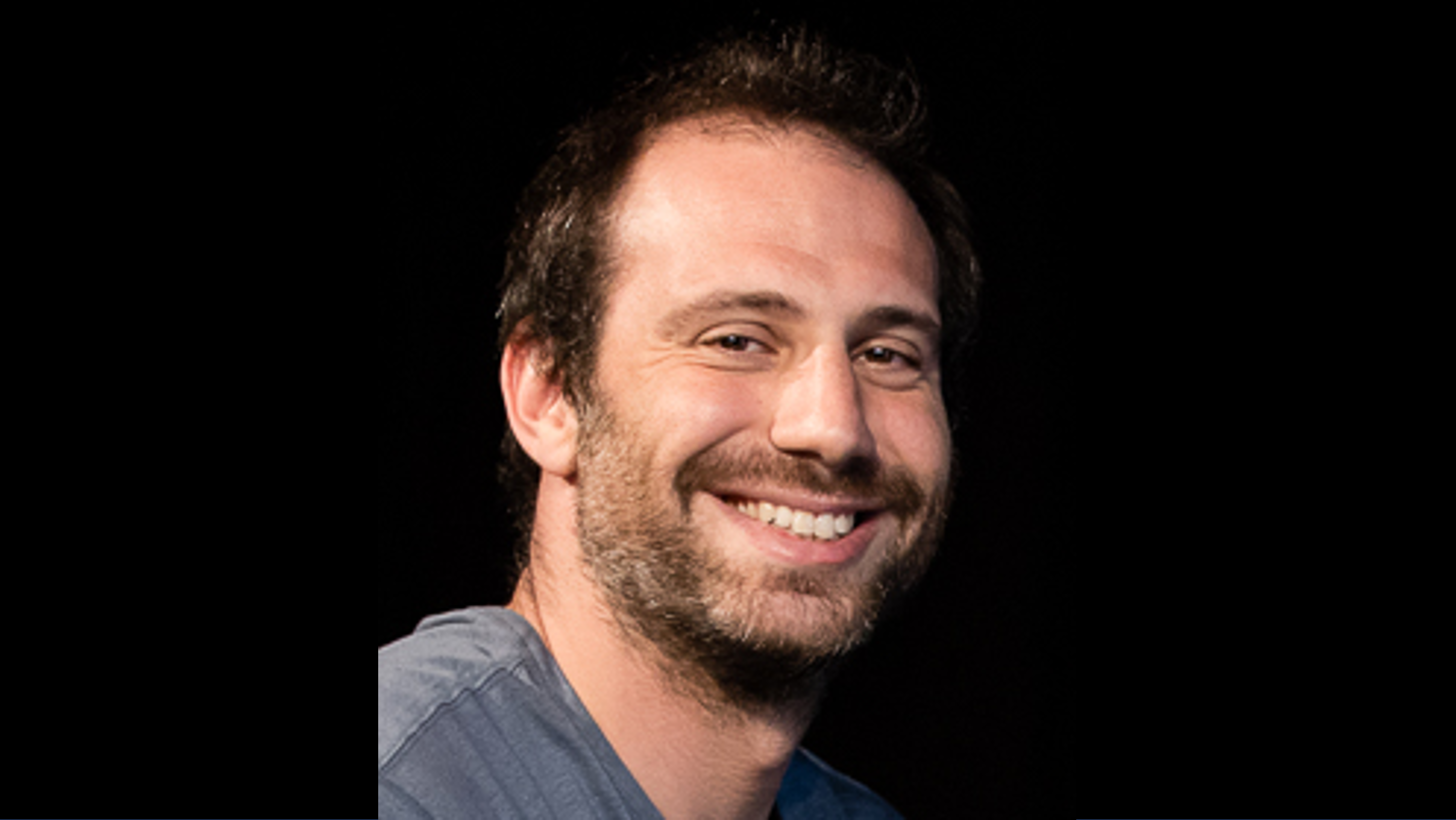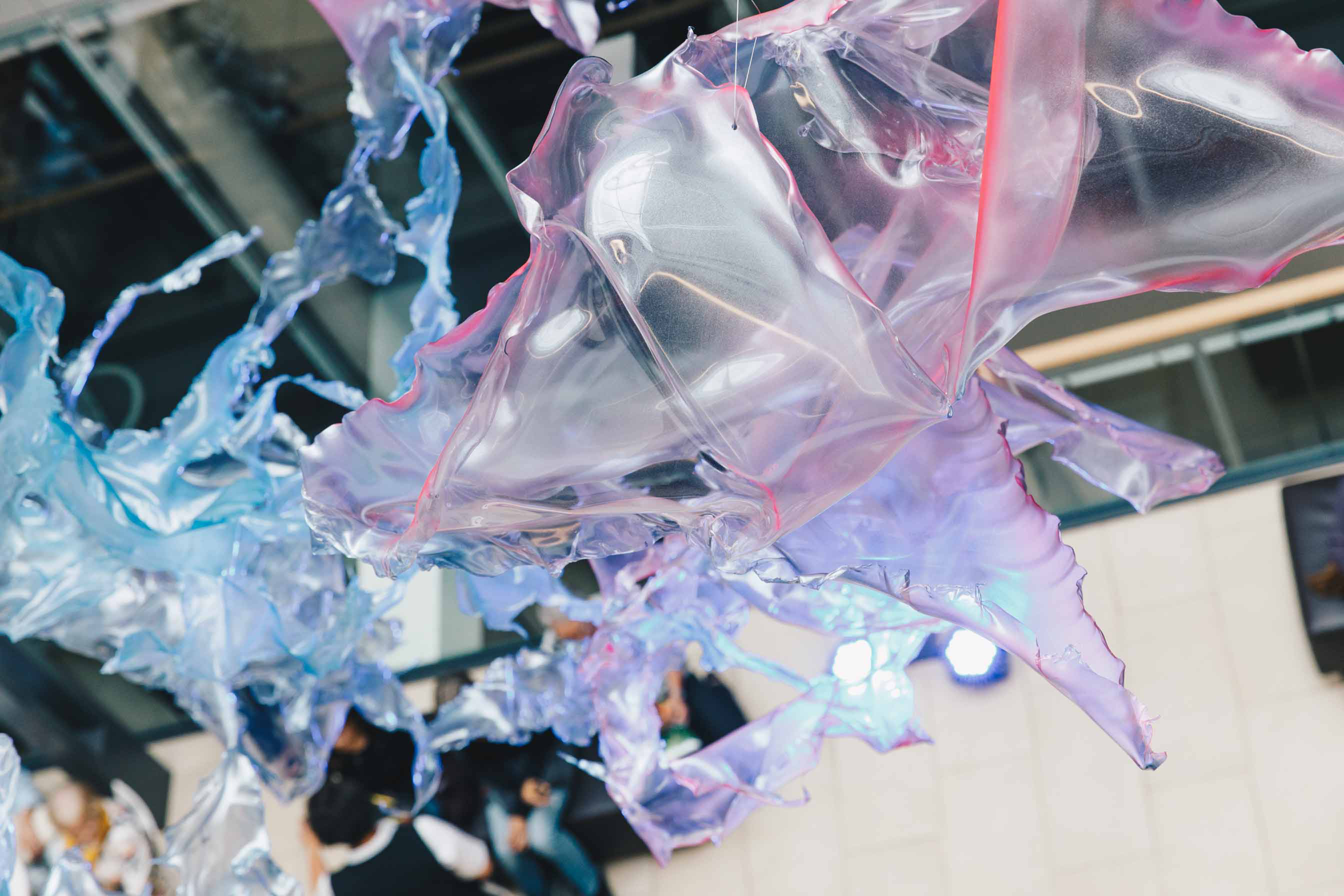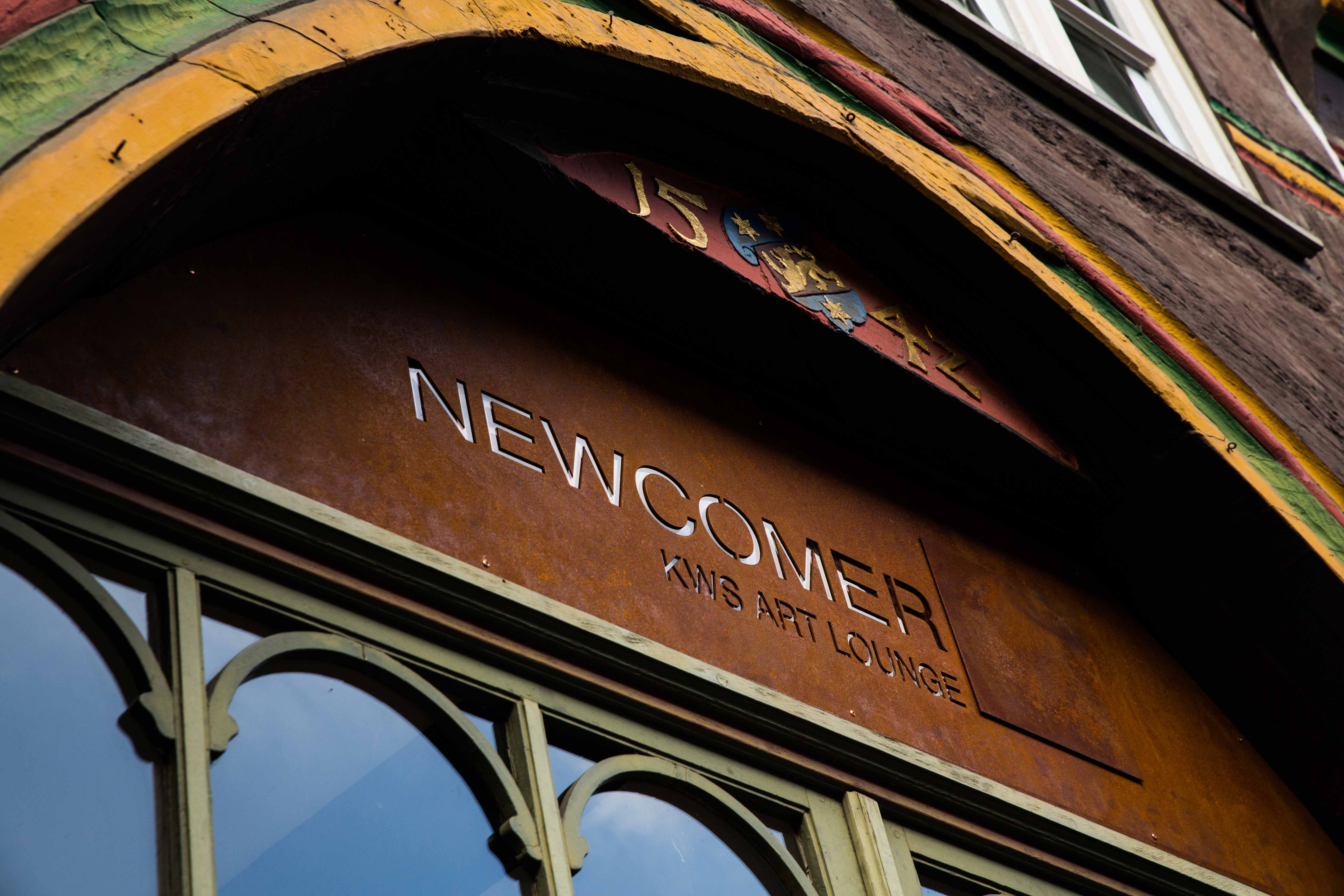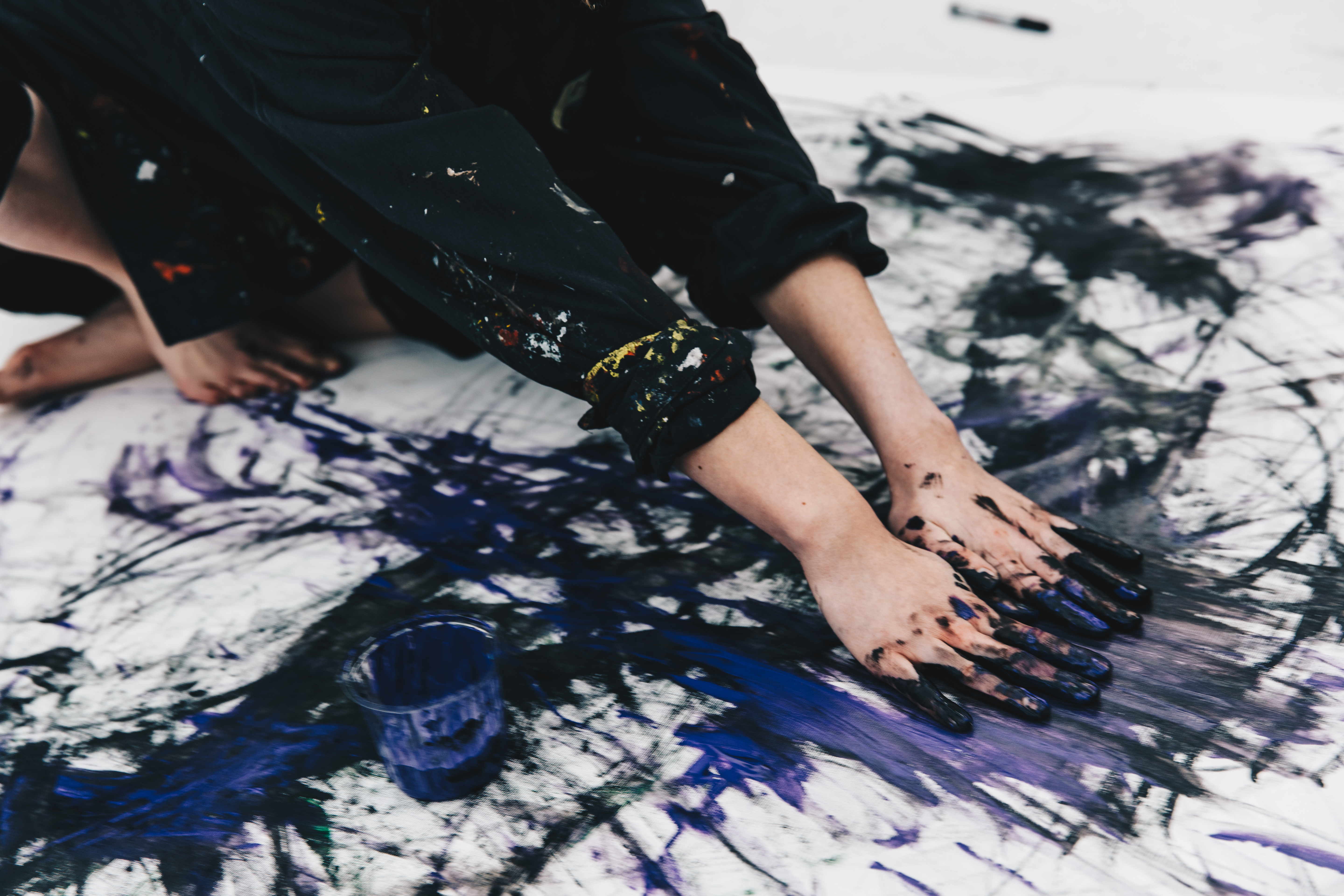Thinking in cycles is key – Sinaida Michalskaja
The artist's photography and video works deal with the experiences of alienation, rapprochement, and the opening up of new spaces for seeing and thinking – Thinking in circles is the key.
Key moments when looking at windows in the exhibition by Berlin-based artist Sinaida Michalskaja at KWS Biotechnikum: "Thinking in cycles is key" is the title of the show of a total of 28 photographic and video works that deal with the experiences of alienation, rapprochement and the opening up of new spaces for seeing and thinking. In addition to its familiar function, for Sinaida Michalskaya the key is a symbol of hope, a metaphor for solution-oriented thinking - the solution itself. In each of her works one or more circuits can be found, through the application of which the artist is able to reflect the result in her works in the first place. "Thinking in cycles is the key" is on view at the Biotechnikum through September 30, with several guided tours planned; dates will be announced in time.
The artist seeks and finds her motif, the window, in everyday life: For example, Sinaida Michalskaya, with the owner's consent, observed a residential window over a long period of time, perceived not only what she discovers immediately in front of and behind the window, but also the surroundings, and fused this photographically, almost painterly. "The window is an object where ambivalences are negotiated and which unites these contradictions and resolves them," says Sinaida Michalskaya. "It is inside and outside, it is private and public, it is nature and culture, it is not either or, it is both."
Sinaida Mikhalskaya's exhibition recalls the cultural significance of the window, said Dr. Daniel Rakovsky, art historian from Berlin, himself speaking through a TV window in a video message at the opening. In the show, he said, one does not look through the window, but at windows. The windows are never open in the works of Sinaida Michalskaja. The artist uses the interface of the window glass, half transparent, complete transparent, half reflecting. "In this way, Sinaida Michalskaya creates a new world in which all the parts inside and outside can be easily seen and intermingle," Rakovsky said. The photographs on acrylic glass are meant to simulate architecture, the artist said. "I find the interplay of transparency and opacity and reflection in windows fascinating."
Sinaida Michalskaya's window variations open up interesting perspectives, said Stephan Krings, Head of Global Marketing & Communications at KWS, at the exhibition opening. "Her works surprise and create new ways of seeing and thinking." Plant breeders are used to living and working with the cycle of nature, he said. In research, too, it is recurring processes and the unexpectedly opening perspective that provide the key to the result, Stephan Krings alluded to the title of the exhibition, "Thinking in cycles is key."
Sinaida Michalskaja herself works cyclically and thus in cycles, she goes back to earlier works again and again, her artistic way of working is not straightforward - not like a 100-meter race that is completed after the finish line, she says. In her conceptual work, Sinaida Michalskaja combines photography and video films, with which she directs the viewer's gaze: the window is no longer merely an invisible border between two rooms. It becomes a projection surface and a place of encounter between worlds.
Michalskaya plays with reflections, with blurring the boundaries between inside and outside. Houseplants, private objects and reflections of the outside world are interwoven with each other and with the building structure of the window, transforming the photographs into novel still lifes and flower compositions. Some shots show very faintly in the background the reflection of the artist with camera and equipment - a very special self-portrait. Most of the works were taken with an analog camera, which she still uses as she did in the early days of photography with a setting cloth.
Andy, Lucy, Margarete: the windows photographed by Sinaida Michalskaya bear names. A circumstance that pulls them even more out of their strictly utilitarian function. By personifying the object, but also by deliberately choosing the portrait format traditionally intended for portraits, the artist ultimately creates a new genre: the window portrait.
These portraits merge into self-portraits in the S series: In this group of images, Michalskaya photographs her own London window at different times of day.
As in Claude Monet's passionate variations on Rouen Cathedral or the motif of water lilies, the serial process emphasizes the fleeting nature of the compositions: so too does the passage of time inscribe itself on the windows.
In the series "Seal" the artist concentrates on the spaces in between. She unerringly films the light of passing cars. This breaks through the small spaces of the blinds of her window in London. The result is video loops that can put the viewer in a calming, relaxing mood.
Exhibition title qu. Angela Merkel
Photos: Julia Lormis
The artist – Sinaida Michalskaja
Sinaida Michalskaja, born in Moscow, lives and works in Berlin. She started her education in 2007 at the University of Applied Sciences in Düsseldorf, where she completed her bachelor's degree in communication and design, graduating in 2011. She later spent time in London and studied at Central Saint Martins College of Art and Design from 2012 to 2014. The major and her master's in photography were added. She then moved on to the Hochschule für Grafik und Buchkunst in Leipzig, Germany in 2016 to 2019. Here she became a master student of Peter Piller and Heidi Specker.
Dr. Daniel Rakovsky (Art Historian, Choreographer)
Daniel Rakovsky (*1984, Brussels) studied philosophy and visual studies in Paris and Freiburg. In 2014 he completed a trinational PhD on the concept of asymmetry in Renaissance portraiture (Paris-Sorbonne/University of Bonn/University of Florence).
After various experiences in German and French museums, he has been working at the Fondation Beyeler in Basel since 2016.
Since completing his dance training in 2018, he has pursued a career as a choreographer in parallel with his museum work, founding the Franco-German dance company "Onze Chambres" in 2020.
The combination of these two focuses currently leads him to be particularly interested in the relationships between visual art, dance and performance, and to develop inclusive formats for performative tours in galleries and museums.
Discover more
Your contact


